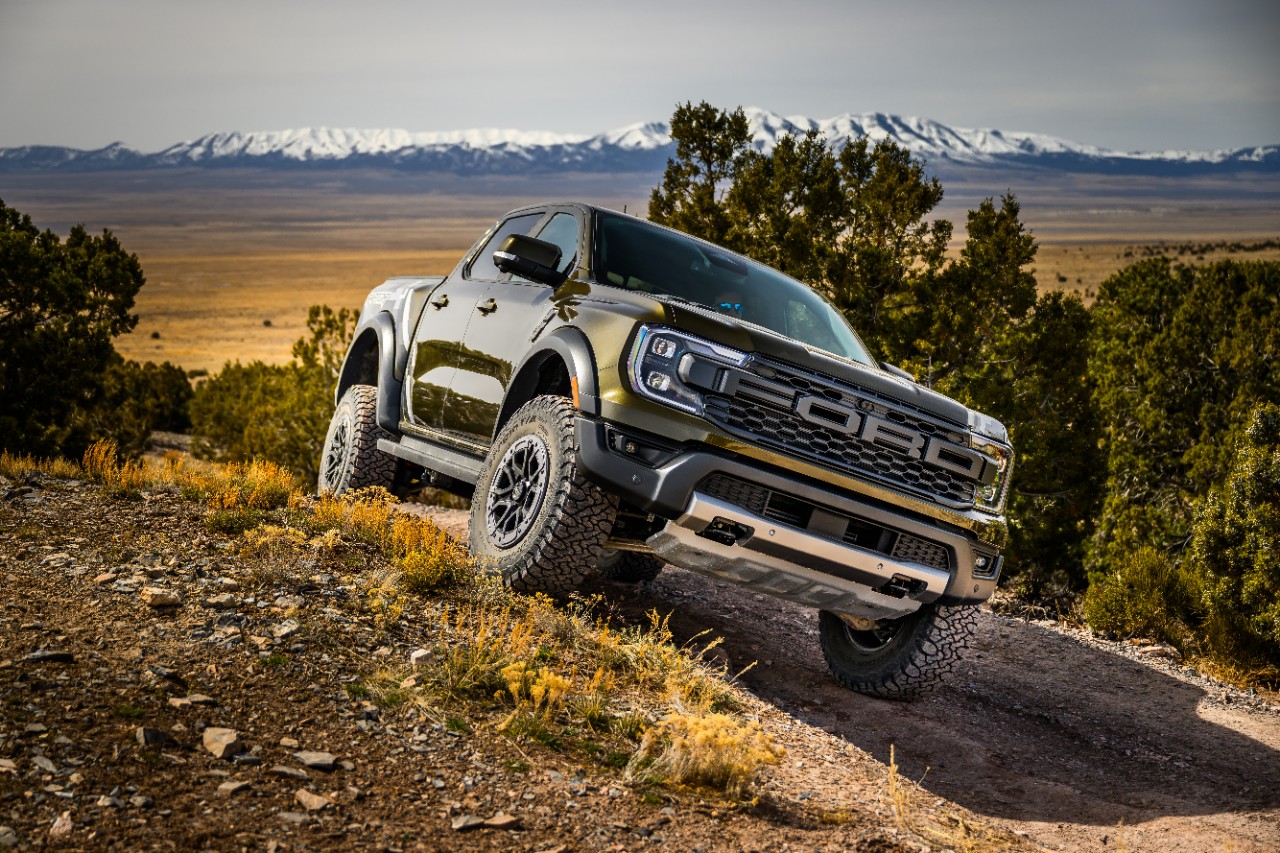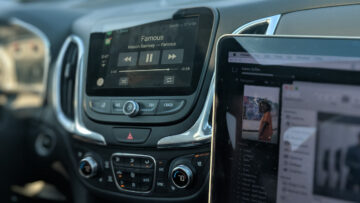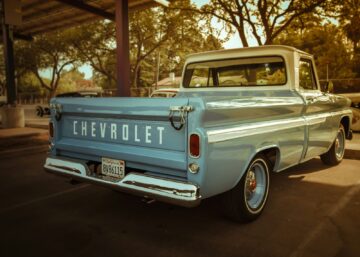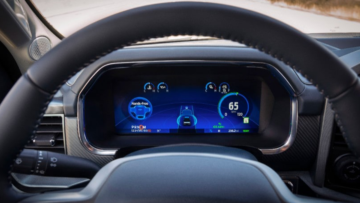There are several vehicles in the Ford line that over the years have gained legendary status. You could probably count the Ford F-Series as being at the top of that list. You can see these famous trucks all over the road. You may see brand-new ones, but don’t be surprised if you also spot vintage ones the owners have maintained or refurbished.
These vehicles retain their resale value if you take care of them, and that’s one of the main reasons why you may decide to get one. For instance, a 2017 Ford Raptor price usually stays high when you consider the vehicle’s age, assuming the previous owner took good care of it.
If you want to get one of these vehicles, you will be joining a line of truck owners that goes back for generations. Before you start shopping, let’s take a look at the lineage of these trucks and examine how they have evolved over time.
The Early Days
These trucks first appeared around 1948. You could regard these early models as stolid workhorse-style vehicles. They were functional and utilitarian, capable of getting the job done without many bells and whistles.
The twin-I-beam front suspension was one of the most notable features of these early models. You probably wouldn’t be able to see many huge differences between the 1948 version and one from the 50s or 60s.
The F-150 model eventually became the most desired variant. It was more technologically advanced than some of the others that had come before. It had an improved cabin design, better fuel economy, and advanced driver assistance features, at least for its time.
This was the first sign that Ford was starting to get away from a more basic model and aiming to attract more discerning drivers outside of the construction and blue-collar industries.
The 1980s and 1990s
The 80s and 90s were seen as times of expansion and innovation in the automotive industry in general, not just where Ford was concerned. Buyers during this era were able to notice the changes in a flurry of F-Series commercials and radio spots.
These trucks tended to have larger cabs to better accommodate passengers as well as drivers. The interiors were more plush. There were also improved engine options at a higher price point.
For the most part, these trucks seemed to be making a push to be more passenger-friendly. Improved sound systems and cooling units played a part in a rebirth of what was already considered to be a classic American line of pickup trucks.
Modern Technology and Design Features
While it’s possible to spot some Ford trucks from the 80s and 90s still on the road today, the ones you started to see from the 2000s onward had improved systems in almost every respect. What was probably the most noteworthy feature was the more aerodynamic and generally streamlined design. The subtler curves and less boxy appearance was immediately evident with a quick glance at these vehicles.
The advanced electronic systems were noteworthy as well. It was probably the addition of Ford’s new Ecoboost engine that turned the most heads, though. It gave the trucks a huge power boost as compared to previous versions. These trucks became heroes of the job site with their increased towing and hauling capabilities.
What was also noteworthy during this relatively recent era was how many suburban homeowners were starting to buy these trucks. Some soccer moms had no issues getting away from minivans and loading their groceries into the cab of an F-Series pickup truck.
The Aluminum Body Construction
In 2015, another innovation came that marked a delineation between former and current F-Series truck models. That was the widespread implementation of the aluminum body construction.
While some automotive companies embraced aluminum before Ford did, this change seemed to signify that the company wanted to make wholesale changes to what had been a winning formula for decades. This gambit paid off, for the most part.
The new aluminum frames reduced the overall weight of these trucks. Greater towing capacity and fuel efficiency were the results.
In part, this could be seen as Ford being aware of environmental concerns that were rapidly becoming more prevalent. Clearly, such concerns did not exist when the line was first conceived in the 1940s.
The Hybrid Powertrain Era
If there is one thing that makes the current generation of F-Series trucks stand out, it is the inclusion of the hybrid powertrain standard. This concept involves both an internal combustion engine and an electric motor, or more than one. Nothing like this had ever been seen in a Ford truck before.
The company, to their credit, seemed to understand that this was the way the wind was blowing. They had little choice, though. Many of their competitors were adding this feature and seeing positive results in terms of sales.
The hybrid electric trucks that Ford features today are a curious combination of old and new. While the engine and overall frame design might look quite different from the original models that first appeared on America’s roadways well over 50 years ago, there are still certain distinct design elements that are tips of the cap toward the first editions of what was to become a homegrown classic.
Today, Ford owners often get the latest F-series model after their current one has multiple hundreds of thousands of miles on it. That is proof positive that custom loyalty is still a huge determining factor in whether or not a company can stay in business.
Newcomers to this line should also find a great deal to like about it, though. The attention to detail in the design elements, relatively reasonable price point, and luxuriousness of the vehicle’s interior are all calling cards of the F-Series.
It’s difficult to say what the future has waiting for the F-Series, but you can reasonably expect Ford to continue making these trucks. When you’ve got a good thing going it’s a shame to change it, and this line’s continued success is undeniable.



